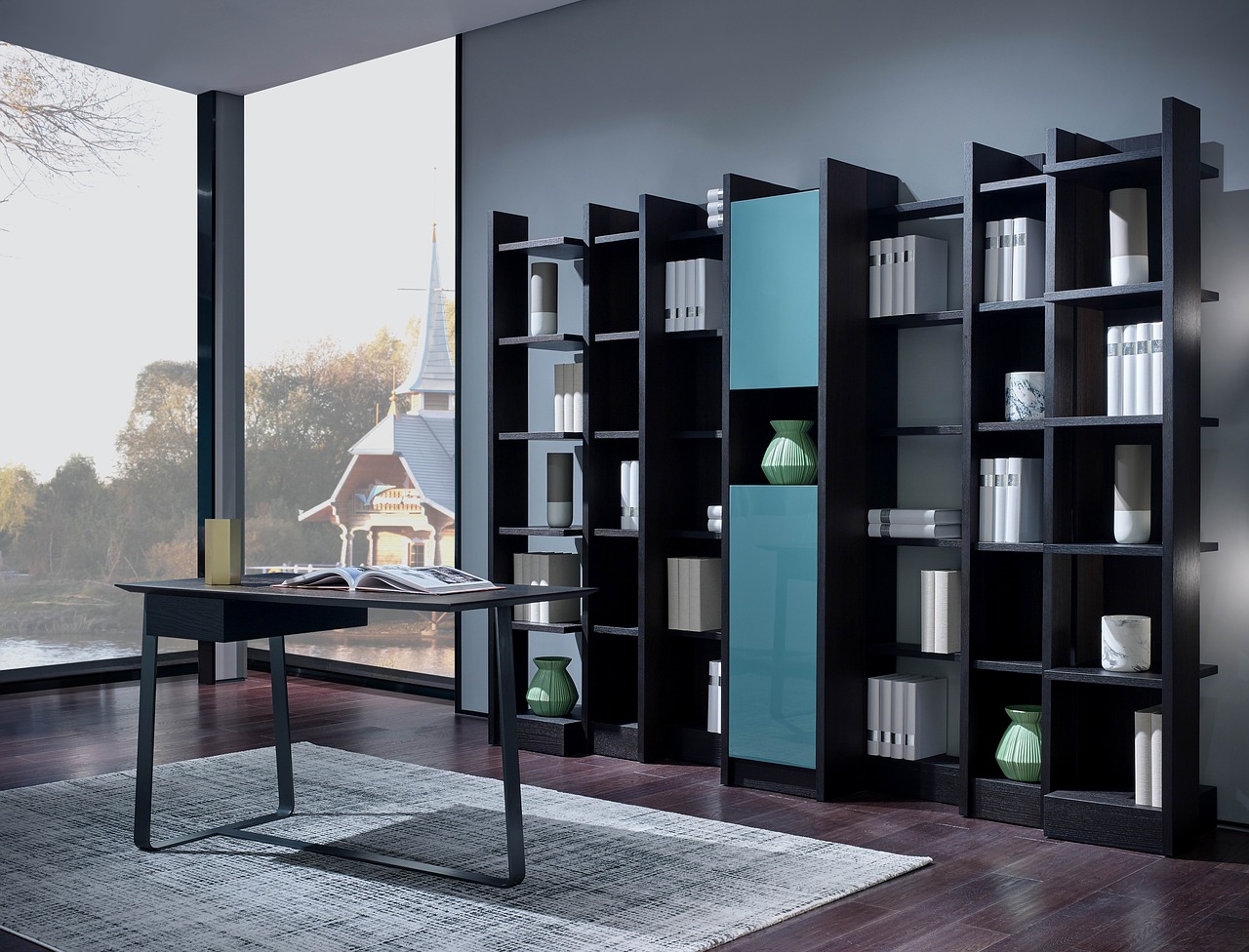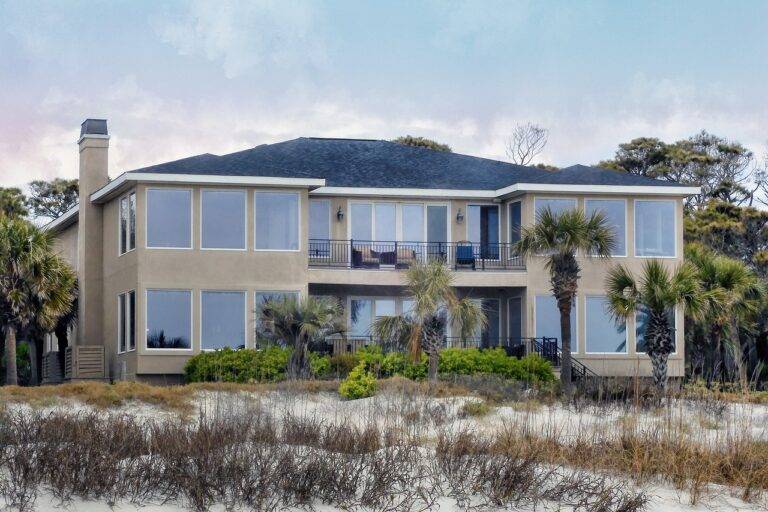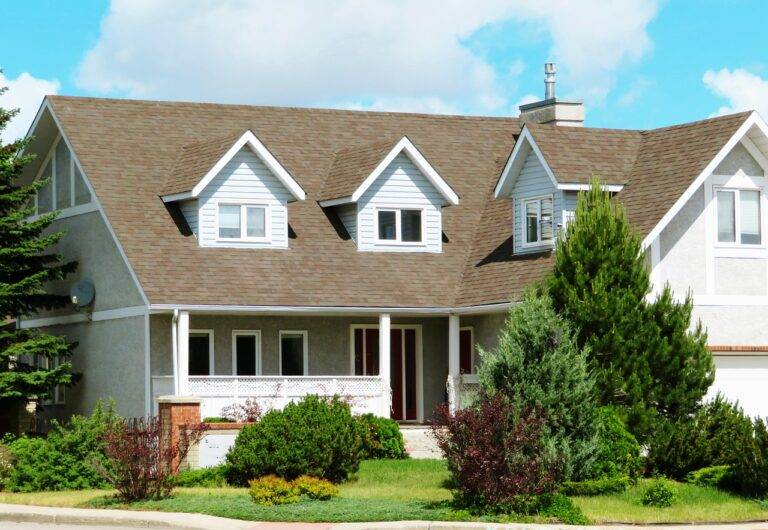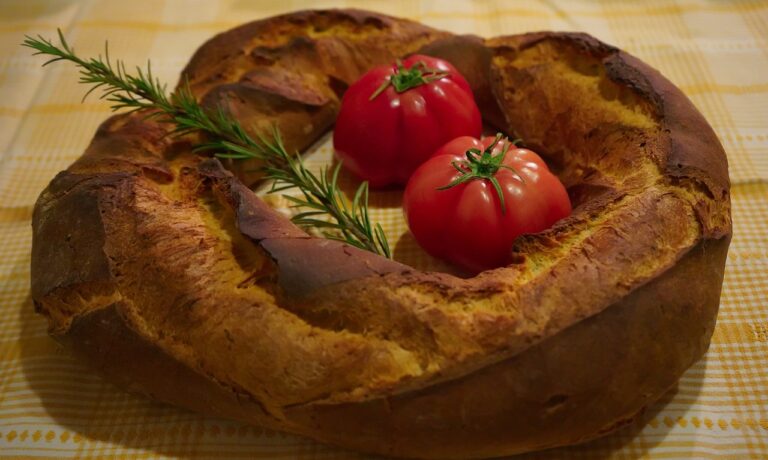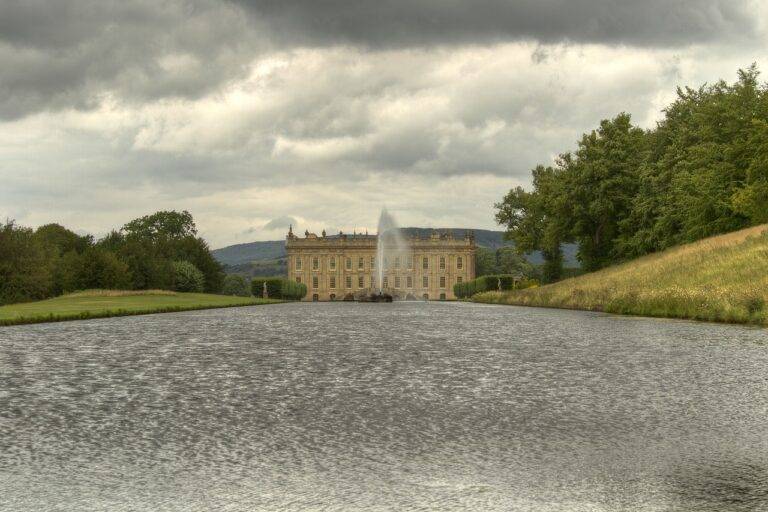Choosing Low-Flow Fixtures for Water Conservation in Home Improvement
Using low-flow fixtures in your home can lead to significant water savings. By reducing the flow rate of water from faucets, showers, and toilets, these fixtures can help lower your water bills and decrease your overall water consumption. This not only benefits your wallet but also contributes to water conservation efforts, helping to preserve this precious resource for future generations.
In addition to saving water and money, low-flow fixtures can also have a positive impact on the environment. With less water being used for everyday tasks, the energy required to heat and treat water is reduced, leading to lower energy consumption and greenhouse gas emissions. By making simple changes to the fixtures in your home, you can play a part in reducing your carbon footprint and promoting a more sustainable way of living.
• Low-flow fixtures can lead to significant water savings
• Reducing flow rate of water from faucets, showers, and toilets
• Helps lower water bills and decrease overall water consumption
• Benefits wallet and contributes to water conservation efforts
• Positive impact on the environment
• Less water used for everyday tasks reduces energy required to heat and treat water
• Leads to lower energy consumption and greenhouse gas emissions
• Making simple changes can reduce carbon footprint and promote sustainable living.
Types of Low-Flow Fixtures Available
Low-flow fixtures come in various types to suit different needs and preferences. One common option is low-flow showerheads, which limit water flow without compromising the showering experience. These fixtures are available in different designs and styles to match any bathroom decor. Another popular choice is low-flow faucets, which reduce water usage without sacrificing water pressure. These fixtures are ideal for both bathrooms and kitchens, providing efficiency without sacrificing function.
Additionally, low-flow toilets are an excellent option for conserving water in the bathroom. These toilets use significantly less water per flush compared to traditional toilets, helping to reduce water consumption and lower utility bills. Another type of low-flow fixture is aerators, which can be easily attached to faucets to decrease water usage while maintaining strong water pressure. These small additions are cost-effective and environmentally friendly solutions for any home.
Factors to Consider When Selecting Low-Flow Fixtures
When selecting low-flow fixtures, it is crucial to consider the existing water pressure in your plumbing system. Low-flow fixtures are designed to work efficiently within a specific pressure range, so it is important to ensure that your water pressure is compatible with the fixture you are choosing. Installing a low-flow fixture that is not suitable for your water pressure can result in inadequate water flow and performance issues.
Another factor to consider when selecting low-flow fixtures is the type of fixture that best fits your needs. There are various types of low-flow fixtures available, including low-flow showerheads, faucets, and toilets. Each type of fixture offers unique benefits and features, so it is essential to select the one that aligns with your preferences and requirements. Additionally, consider factors such as design, ease of installation, and water-saving capabilities when choosing the most suitable low-flow fixture for your home.
What are the benefits of low-flow fixtures?
Low-flow fixtures help reduce water usage, save money on water bills, and contribute to environmental conservation by conserving water resources.
What types of low-flow fixtures are available?
There are various types of low-flow fixtures available, including low-flow showerheads, faucet aerators, low-flow toilets, and efficient irrigation systems.
What factors should be considered when selecting low-flow fixtures?
Factors to consider when selecting low-flow fixtures include water efficiency ratings, installation requirements, durability, cost, and compatibility with existing plumbing systems.
How do low-flow fixtures contribute to water conservation?
Low-flow fixtures reduce the amount of water used for daily activities such as showering, washing dishes, and flushing toilets, helping conserve water resources and minimize water wastage.
Can low-flow fixtures be easily installed in existing homes?
Yes, low-flow fixtures can be easily installed in existing homes with the help of a professional plumber or by following manufacturer’s instructions for DIY installation.

